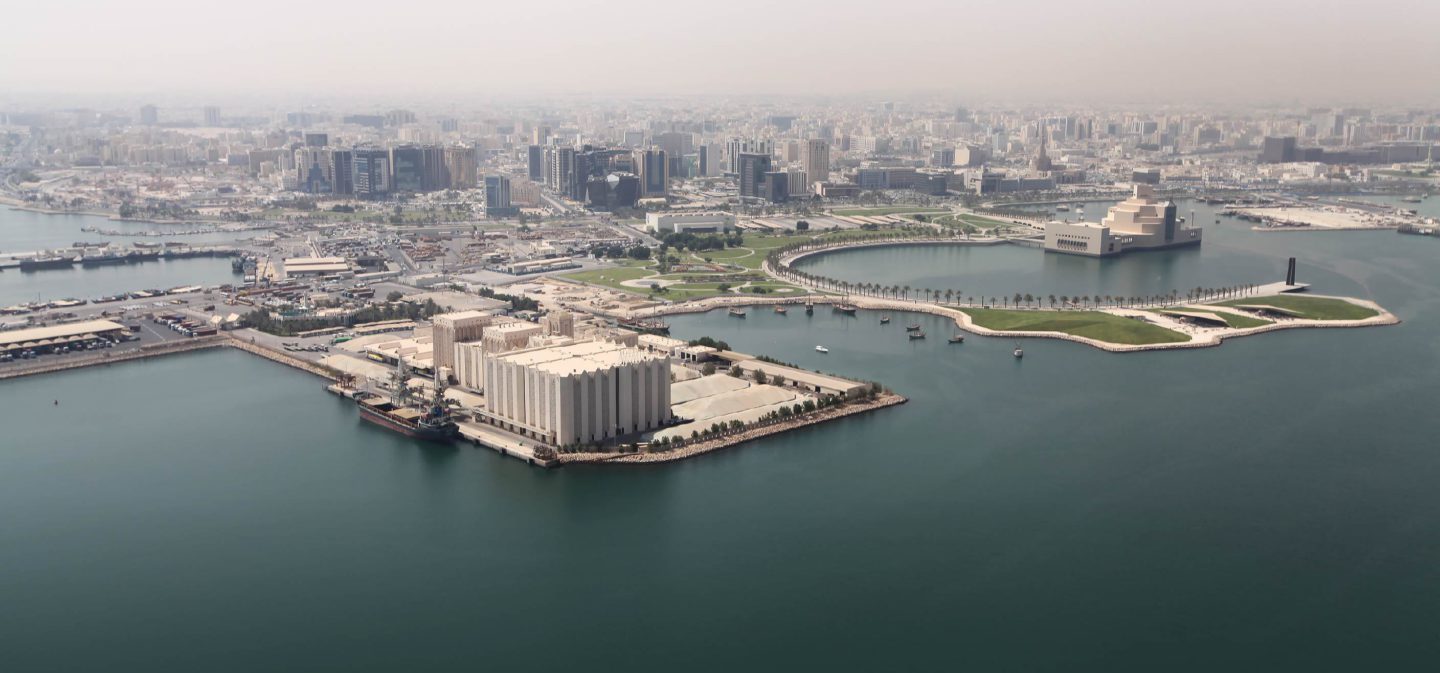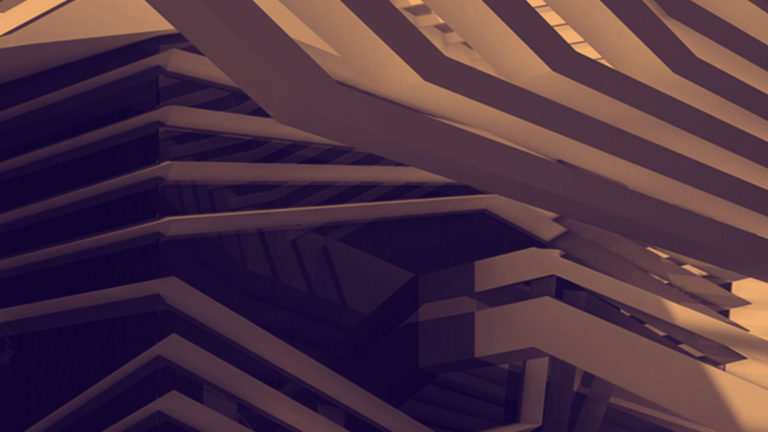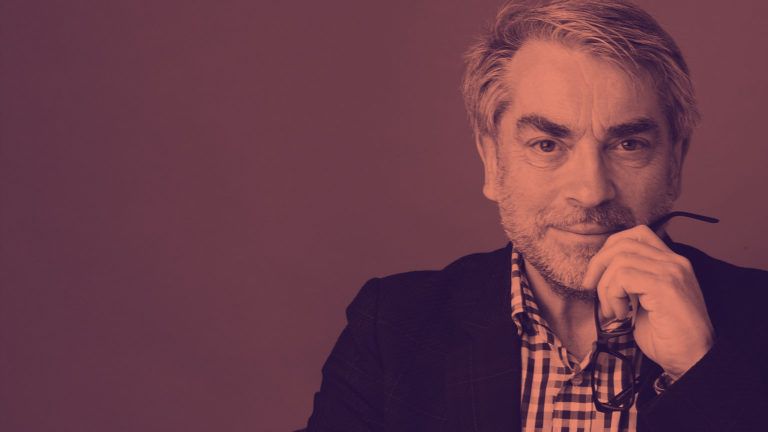MRC’s international design competitions give our clients a unique opportunity to compare a number of creative and innovative approaches to their project from upcoming and star designers around the world that they might not otherwise know about.
Why a competition?
A competition is the best way to get access to exceptional design skills.

The Art Mill International Design Competition in Doha, Qatar.
The most inspirational architectural competition in which I have been involved. All six finalists could have been chosen.
Sir Simon Jenkins, jury member, Museum of London West Smithfield International Design Competition
A competition with a well-thought-out brief and communications strategy provides a platform to reach the dedicated and inspired design teams who deeply connect with the project.
In a competitive and increasingly visual world, exemplary architecture translates across cultures. It speaks in a glance, leaves a lifetime’s impression. MRC’s competitions are focused on securing outstanding architecture for our clients as well as swiftly establishing their project in the public’s mind and reaching new audiences.
The most admired new buildings shaping our cities and communities today are the work of complex collaborative design teams. MRC is expert in encouraging creative partnerships between architects and artists, or interpretation specialists, or master-planners. Where appropriate, we encourage larger, more experienced practices to link up with emerging talent and international architects to work with national architects. We know how to innovate within the context of complex procurement rules.
The opportunity to make an environment that is physically beautiful and functions elegantly is a rare privilege, and if on a deep level it can also encourage mutuality, the sharing of ideas and motivations, then it really has the power to inspire current and future generations.
Professor Geoffrey Ward, Principal of Homerton College, Cambridge
A competition is a highly effective method of finding the right design team, developing the brief, engaging stakeholders, exploring potential concept designs and gathering public support.
MRC’s competitions give the client’s team a clear and visionary narrative that is underpinned by architectural and technical understanding. A key strength of MRC’s team is its architectural expertise. We believe the quality of a building is largely determined by the quality and depth of thought put into the design brief. We devote much energy to producing the best possible brief, allowing the architects to concentrate on the creative response.
This creativity is distilled in the winning team’s design concept and the initial imagery that shows the promise of the future, long before permissions are gained and construction starts.
We are very happy with the positivity around this project and of course the magnificent media coverage which has set the project up well. A great outcome as many people have mentioned to me.
Sharon Ament, Director, Museum of London
This is time well spent, preparing the brief, negotiating with stakeholders, developing concepts, inviting the jury and holding a final judging process. This compares favourably with any other process of appointing an architect and developing a concept design. It can provide invaluable deep learning for the client before the final project is presented to the public.
What a journey we have been on and we would never have got to where we are without your support – thank you and your team for such an excellent job throughout the competition process.
Tracey Reed, Director of Properties, English Heritage and juror Tintagel Castle Bridge Design Competition
For projects based in the EU, we follow the OJEU (Official Journal of the European Union) regulations. Many other countries have similar requirements for transparency in procurement.
Private organisations may not have to observe these rules but most wish to demonstrate to shareholders or partners that the process has been fair. We understand the relevant legislation, and how to intelligently balance the client’s needs with an architect-friendly process to get the best result.
We are thrilled to win this competition… we feel very honoured to be given the opportunity ahead of more established practices and feel it reflects the genuine openness of the competition process, as well as a belief in investing in young talent.
Fergus Feilden, Director of Feilden Fowles and winner of Homerton College Dining Hall Competition
An open design contest is a ‘pure’ form of competition: competitors are anonymous and judged solely on their concept designs. This approach is popular in Europe, and in some countries the only route to commission designers for a public building. In the UK, it is not generally liked by established architects because it requires considerable design work at risk. However, with the right honorarium and a well-conceived brief, an open contest can be effective in drawing out genuinely new talent as it appeals to ambitious emerging practices. It is also suited to ideas competitions.
An invited competition (no design work upfront) is at the other end of the spectrum. A longlist of practices are identified and from this a shortlist is asked to submit designs.
Between the open contest and invited competition, sits the open two-stage competition (known as the Restricted Procedure under European Regulations), which is MRC’s preferred option. This starts with a wide search for interest to establish a shortlist of at least five teams. These then go on to produce concept designs for an honorarium.
MRC can advise you on the right process to generate the best possible shortlist suited to your wider aims and culture.
It has been such a great honor to be included in the competition and we are grateful to you for taking an interest in, and fostering small practices like ours. This is important work and it has given us the opportunity to contribute to a significant cultural project.
Lyn Rice, Principal, Rice + Lipka Architects, New York
At the outset, most clients have only an imprecise idea of what they are looking for in an architect, the practice that will fit successfully with their organisation and aims. The process of a competition, with briefing days, charrettes and interviews, draws out priorities and allows client and potential architect to meet. This enables a deeper appraisal and early testing of the relationship.
Depending on the project, MRC generally favours processes which allow the client to interact with the shortlisted architects and also review their concept designs.
We have a dedicated following of global architects – an excellent database of design contacts. We also understand international procurement law and can innovate within this.
We saw an incredible response to this fascinating competition [the Illuminated River], showing that London continues to inspire creatives from around the globe, and is open to all. There were some spectacular ideas, and I can’t wait to see the winning design light up the Thames.
Sadiq Khan, Mayor of London
MRC is focused on achieving outstanding, award-winning design for our clients – our work frees up clients to concentrate on their medium and long-term aims and strategy.
We have advised leading international galleries and museums, Oxford and Cambridge colleges, international universities, government departments, investors, global thought-leaders, and also clients that defy all these categories!
While we love to imagine projects and write visionary narratives, our team’s background in architecture means our design briefs and propositions are always grounded in reality. Not only have we delivered major capital projects for clients, we have worked with many of the world’s leading architectural practices.
We understand procurement rules, innovate within these, and are trusted by the design community for fairness and transparency.
In the last twenty years we have built a dedicated following among global architects and designers that spans emerging practices to Pritzker laureates and which translates into an extensive database of global architectural talent.
Our work is truly international. As well as working extensively in the United Kingdom, we have developed design briefs and undertaken consultancy for significant cultural projects in countries as diverse as the United States, Taiwan, Lithuania, Finland, Qatar and Australia.

